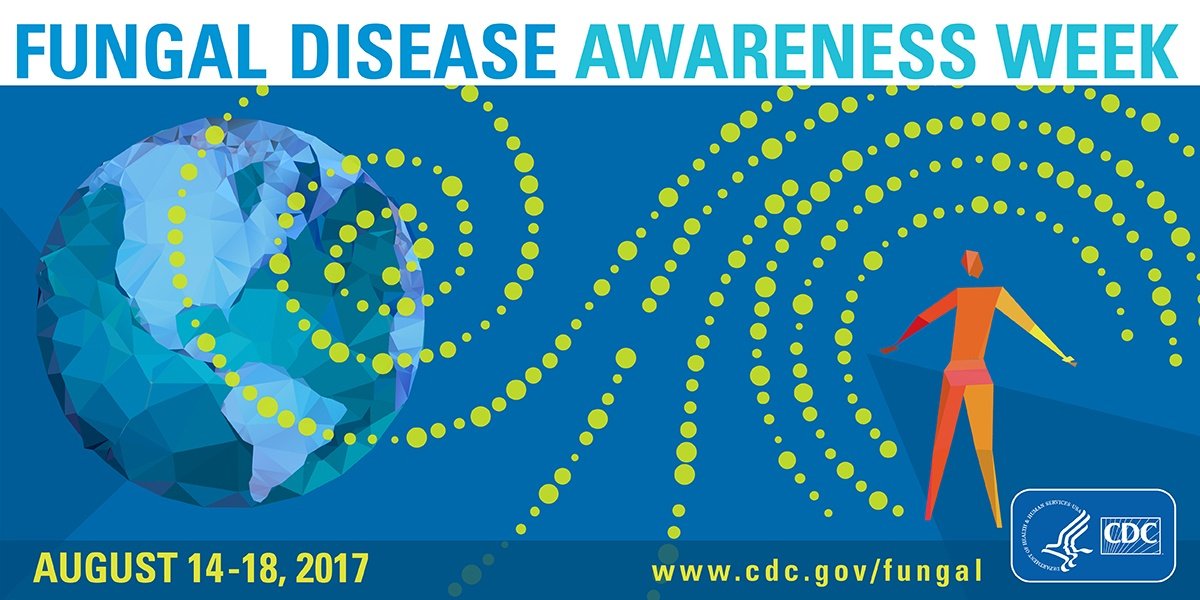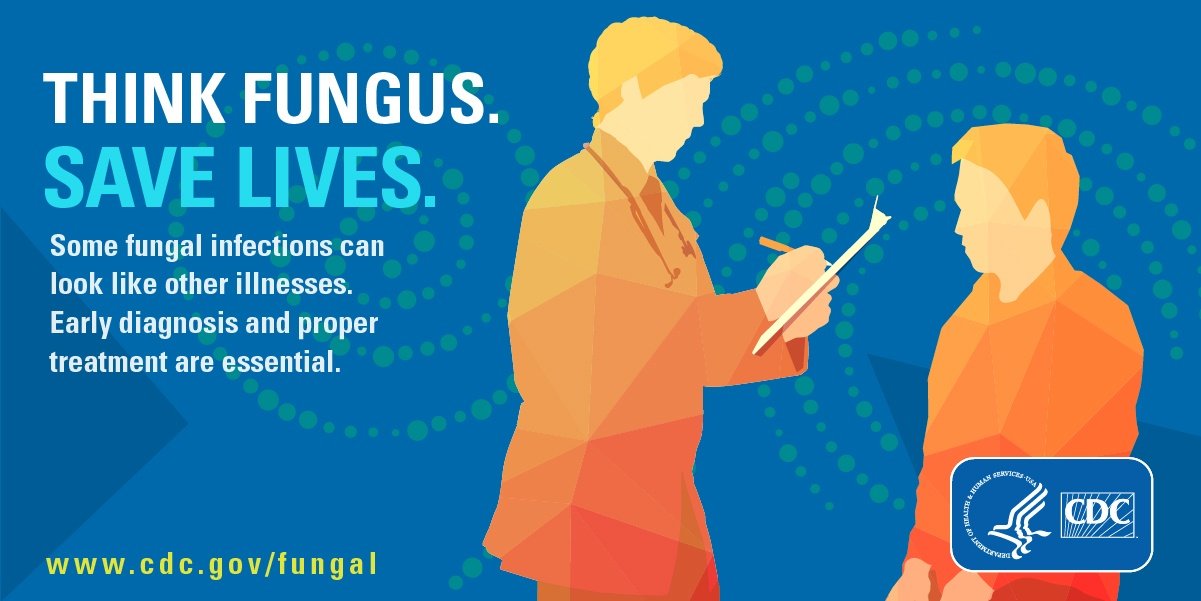
Fungal Disease Awareness Week
August 14–18, 2017, is the first Fungal Disease Awareness Week. CDC and partners have organized this week to highlight the importance of recognizing serious fungal diseases early enough in the course of a patient’s illness to provide life-saving treatment.
We encourage everyone to “Think Fungus” this week, and every week. Fungal diseases can cause serious illnesses and death. Symptoms of these diseases often go undiagnosed because their symptoms look like those of other diseases. For instance, Valley fever is an inhaled fungal disease that is often misdiagnosed as bacterial pneumonia, resulting in the wrong treatment and putting patients at risk of antibiotic-resistant infections.
Please enjoy this video by the CDC about the “Think Fungus” cause.
If you are in need of a fungicide – you should consider our SaniZide Pro®. It’s an alcohol-based, ready-to-use, multi-purpose, broad spectrum disinfectant/deodorizer for hard and soft surfaces. This latest formulation is non-corrosive, EPA registered and fragrance free. It is effective against: TB, MRSA, HIV-1, Norovirus, H1N1, E.coli, VRE, Hepatitis B & C and more!
SaniZide Pro® contains no harmful bleach, hydrogen peroxide or Phenol, and can be disposed of in normal trash receptacles after following the simple disposal directions. You can choose among our spray and refill bottles or pre-saturated surface wipes that leave behind virtually no lint or particles to scratch or contaminate surfaces. All SaniZide Pro® products are ready to use, convenient and user-friendly.

Facts about fungal disease:
- About 46,000 cases of healthcare-associated invasive Candida infection occur each year in the United States.
- Candidemia – a type of invasive Candida infection – is one of the most common causes of healthcare-associated bloodstream infections in the United States. Nearly 1 in 3 people with this infection die.
- Some types of Candida and Aspergillus infections are becoming harder to treat with the most commonly used antifungal medicines due to increasing antimicrobial resistance.
- About 150,000 Valley fever infections occur in the United States each year, yet only about 10,000 cases are diagnosed and reported.
- The fungus that causes Valley fever mainly lives in Arizona, California, Nevada, New Mexico, Texas, and Utah. California reported 5,372 cases in 2016, the highest annual number ever reported in that state.
- Globally, fungal diseases like Cryptococcus infection are a big problem for people with weakened immune systems, particularly those with HIV/AIDS. Often, the people live in lower-income areas where diagnosis and treatment can be challenging.
- Worldwide, an estimated 220,000 new cases of cryptococcal meningitis occur each year, resulting in about 180,000 deaths.
Source: https://www.cdc.gov/fungal/awareness-week.html/
https://www.infectioncontroltoday.com/news/2017/08/first-fungal-disease-awareness-week-encourages-patients-doctors-to-think-fungus.aspx
